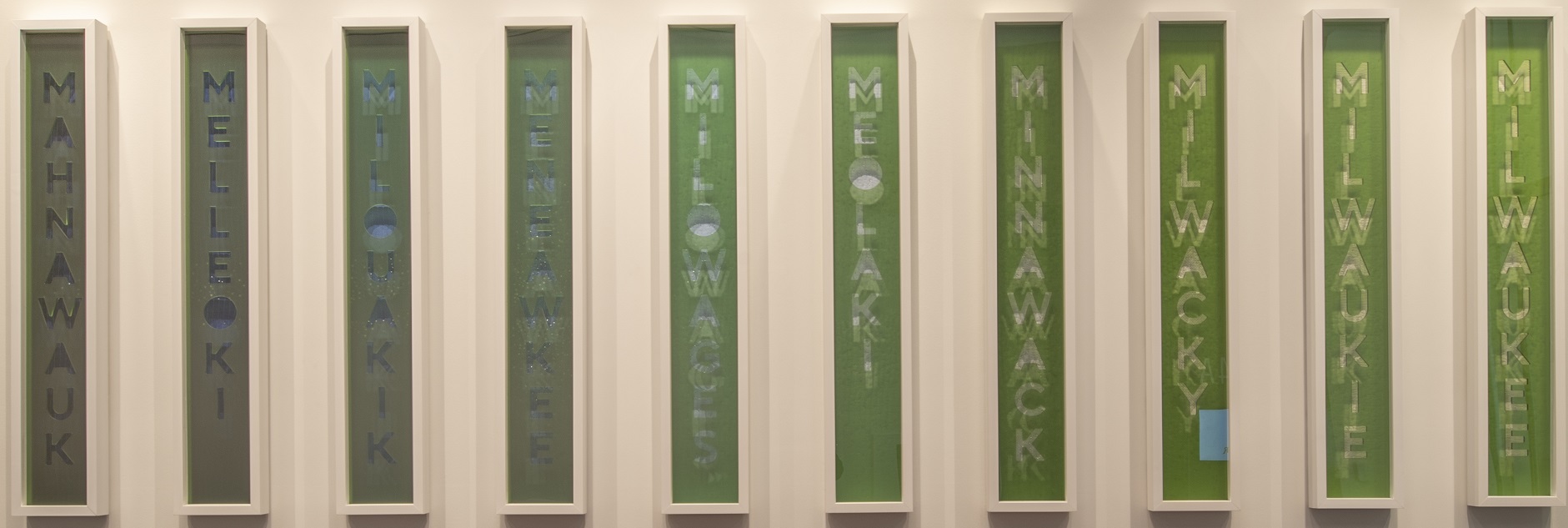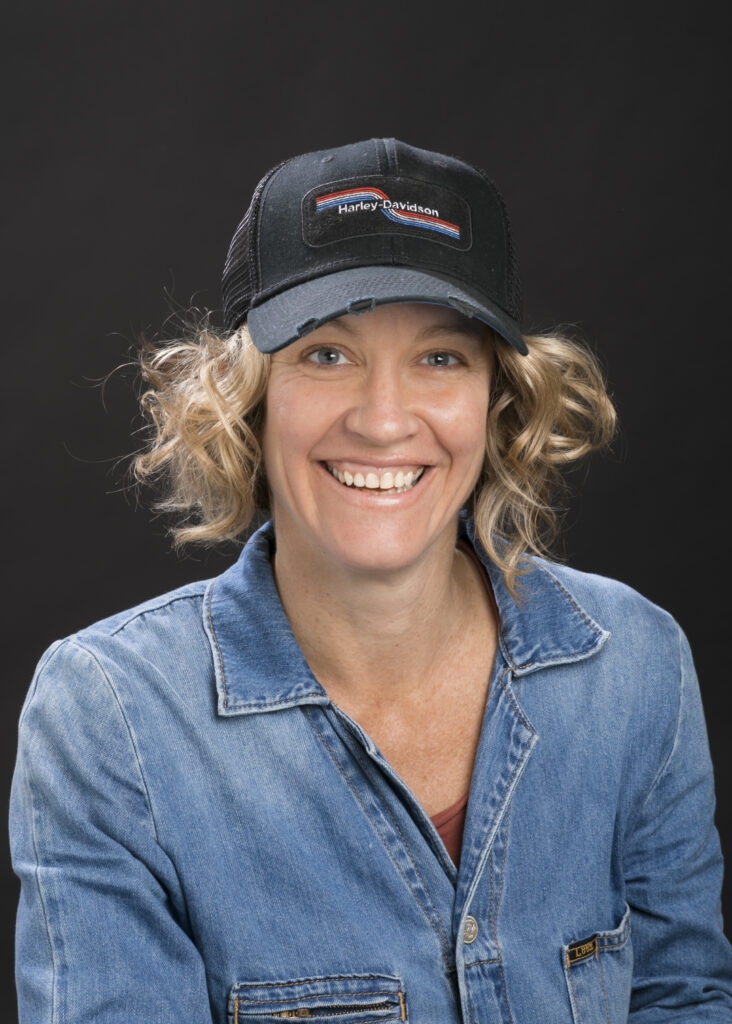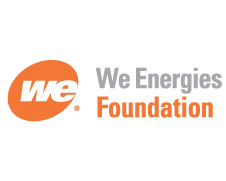kathryn e. martin
Transformation

Transformation, framed in ten pieces, is a snapshot of Milwaukee as it has transformed over the years through a compilation of census data and Milwaukee names, with acknowledgement to the Native American Indians. In each frame, set behind conservation glass, a 4” low-relief mixed-media work.
Using quilts as a backdrop, hand stitched beads mark Milwaukee’s settlements and relocations since 1840. Floating above, 3/8” sheets of Varia EcoResin are CNC cut with the ten names Milwaukee has had, dating back to the 1700’s.
As the settlers came to see, Milwaukee’s landscape could be reshaped to suit its new inhabitants and as Milwaukee natives shaped the land, the land shaped them. It is this symbiotic relationship, among others, that Transformation gives tribute to. From quilted lines reflecting the water’s movement, to our diversity of people and cultures, this snapshot of our city immediately, and quite literally, says Milwaukee. But at the same time, and upon closer inspection, teaches and reminds the observer of much more.
There are five distinct elements to Transformation.
The first element is the ten different names Milwaukee has been known by dating back to the 1700s, cut into the EcoResin and reflected onto the quilted backing. Native American villagers probably gave the city its first name, but different iterations started appearing as soon as European settlers tried to pronounce it. Over the years the area has been known as Mahnawauk, Melleoki, Milouakik, Meneawkee, Milowages, Meolaki, Minnawack, Milwacky, Milwaukie and its current name, Milwaukee. Each name is represented within one of the ten panels.
For the second element, those names are cut from 3Form Varia Ecoresin, cast in Sapling (green), to reference the trees that were in abundance, sheltering and offering a canopy to the land and its first inhabitants. This material is a specially formulated resin made from 40% pre-consumer recycled content.
The next element is the use of census data to show the communities growth in population. The silver beads sewn onto the quilts in each panel show the population size and density for the different geographical locations in the area from 1840 to 2010.
The fourth element is the colors chosen for the quilts. Moving left to right the quilts change from darker to lighter colors representing the change in the type of labor performed by its inhabitants.
According to kathryn e. martin, “the 20th century saw a paradigm shift in Milwaukee, from strong backs to strong minds. Knowledge shifted from physical to mental and the collars of the working class from blue to white.”
The quilts themselves comprise the fifth element. Custom made by a Milwaukee-area quilter, the lines and patterns sewn into the quilts represent the movement of the waves on Lake Michigan and the topography of the land within Milwaukee.

About kathryn e. martin
With a focus on observing everyday objects, spaces and histories, Milwaukee-based artist kathryn e. martin concentrates on formal characteristics. With found forms she makes instinctive, calculated decisions to dissect, interpret, repeat and re-assemble inspired parts into new, often times immersive, sculptural landscapes. She uses a wide variety of mediums in her pieces because, “it is the idea that dictates the material” for her projects.
martin has exhibited extensively, in solo and group shows throughout the United States including the Milwaukee Art Museum, The Kohler Art Center, The Northern Arizona University Art Museum, Aqua Art Miami and the Pasadena Contemporary Gallery. She is the proud recipient of several public art commissions in the state of Wisconsin.
She has received the University of Wisconsin- Milwaukee Academic Staff Outstanding Teacher Award, the Greater Milwaukee Foundation Mary L. Nohl Fund Suitcase Export Fund for Visual Art Exhibition Award, the UWM Alumni Employee Award: Community University, We Make a Difference Award, and has been the recipient of the Natural Resources Foundation of Wisconsin’s C.D. Besadny Conservation Grant among others.
martin works as Senior Lecturer at The University of Wisconsin-Milwaukee’s (UWM) Peck School of the Arts (PSOA) and serves as The Recruitment Coordinator for PSOA, Art and Design and Faculty Stakeholder for the Living Learning Community (LLC) for Visual Arts.
“As an instructor, I am constantly fostering, building and working in a community to empower people to make art that they are proud of,” martin shared. “What we do as artists is not easy. And to show up every day and work hard, you have to be passionate and believe in what you’re doing. I think that is the excitement I get from working with the kids and that’s the promise I see for their future. If I help them plug into finding meaning and connection and joy it will show up in their works.”
kathryn e. martin received a BFA in Sculpture from The Milwaukee Institute of Art and Design (MIAD) in 2001, and an MA and MFA from UWM in InterMedia Studies in 2005 and 2007.
Q&A with kathryn e. martin
